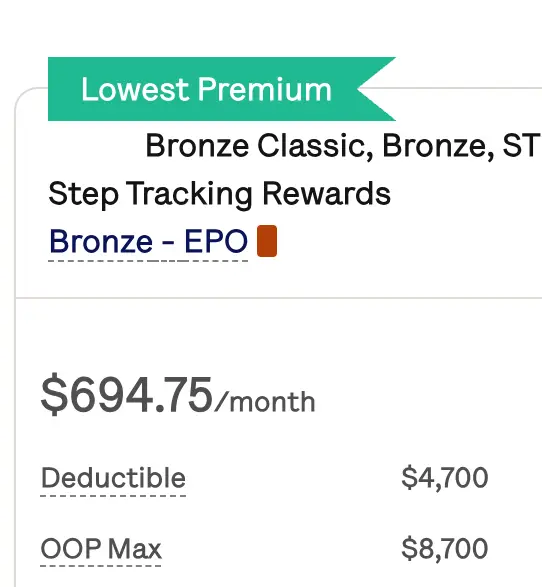How Health Insurance Works & Alternative Options
How Health Insurance Works & Alternative Options
Enrolling in a health insurance plan is a way to stay healthy and protect yourself from catastrophic medical bills. As the cost of traditional health insurance rises, it becomes unaffordable for many people. As a result, people often go uninsured and have to pay full price for health care or not seek the care they need.
Health care coverage is expensive and navigating the health insurance market is difficult. Fortunately, Mira offers an alternative option for affordable and accessible health care services through membership plans. With options as low as $45 per month, you can put your health first. Sign up today to get started.
How Health Insurance Works
Health insurance works by helping you get access to coverage for health services in exchange for a monthly fee, known as a premium. You pay the premium each month and your health insurance company pays for a portion of your medical care expenses, depending on your service contract or the health plan that you choose.
Risk Pool in Health Insurance
Health insurance companies create a pool of premiums from healthy and sick enrollees to cover the expenses incurred by all. By opting into a plan, you are opting into a group of members called the “risk pool”. Healthier people typically have lower medical costs, while older and sicker people have higher medical costs, which effectively distributes the financial risk amongst all members of the plan. Generally, the larger the risk pool, the lower the premium because the cost of the healthy members offsets the costs of the less healthy.
Health Insurance May Require In-Network Providers
Another way health insurance companies are able to keep costs low to consumers is by establishing relationships with providers and adding them to their “network”. Providers include doctors, hospitals, pharmacies, and other health-related service providers. These providers who are considered “in-network” have a contract with the insurance company to provide care and prescription drugs at a lower price than retail.
Health insurance is most beneficial because the companies are able to negotiate reasonable fees for services on behalf of all their members, keeping other costs lower. Using doctors that are “out-of-network” may mean that you’re responsible for a larger portion of your medical expenses.
What You Pay With Your Health Insurance
There are a number of items that you’ll be responsible for under your health plan. The total amount you pay out of your own pocket will depend on a number of things that could change depending on what health plan you’re paying for. These items include the deductible you agree to and the copays your health plan requires. Let’s look at each item individually which could increase your total out-of-pocket costs.
Premium
The premium is the monthly fee you pay depending on your chosen plan. Plans have a metal assigned to them as an indicator of coverage level. The different options are bronze, silver, gold, and platinum with bronze having the lowest monthly premium and platinum having the highest.
Health Insurance Deductible
There is a specific amount you must pay towards your health care costs even before your insurance company begins paying- this is called a deductible. Many plans have very high deductibles, up to $7,000 for an individual, which can make health care services unaffordable.
Copays For Health Services
There are two cost-sharing features of health insurance plans to reduce the cost of healthcare once you reach your deductible: copays and coinsurance. Copays are a small, predetermined fee at the time of service depending on the type of service. For an in-network routine doctor’s visit, this is around $20, and for a visit to the emergency room, this is around $250.
Coinsurance on Your Health Plan
Coinsurance is a percentage, usually, 20%, which you are expected to pay while the insurance company pays the other portion of covered services until you reach your out-of-pocket (OOP) maximum.
Out-of-pocket Maximum For Your Health Insurance Plan
The out-of-pocket (OOP) maximum is the most you’ll be required to pay in a single plan year. Once you reach your OOP maximum, your health insurance company assumes 100% of health-related costs for the rest of the year, but this can be as high as $8,000. Even though health insurance works for some peoples’ budgets, many individuals would benefit from an alternative option, such as Mira.
The Health Insurance System
Without health insurance, you run the risk of not getting the health care you need due to cost. Medi

Get affordable doctor copay without paying insurance premiums
Join 39,000 people and get Mira, the best alternative to traditional insurance. Enroll and use immediately. Plans start at only $45/mo.
Alexis Bryan MPH, is a recent graduate of Columbia’s Mailman School of Public Health. She is passionate about increasing access to care to improve health outcomes. Outside of work, she loves to travel, read, and pay too much attention to her plants.
